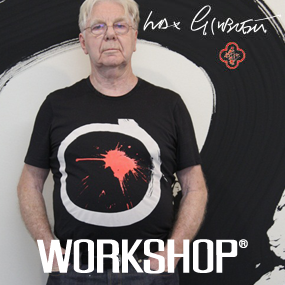Rocket Lab’s Peter Beck Taking on SpaceX
Rocket Lab founder Peter Beck was more productive than most teenagers. He spent much of his youth tinkering in the family’s garage workshop in small-town New Zealand, amid welding and milling equipment.
At 15 he built an aluminium bike from scratch. At 16 he bought a rusted-out Austin Mini for $300 and refurbished it end-to-end, rebuilding the engine and suspension and fixing all of the body panels. Beck’s parents, a museum director and a teacher, encouraged their son – within reason. “Mum would bring dinner down and set it on a bench for me, but it would just get cold,” Beck says. “Eventually she would yell out, ‘You have to stop angle grinding and get to bed.’”
Beck’s Rocket Lab has become a lean, accomplished builder. The company’s manufacturing facilities, a few low-slung warehouses in an industrial part of Auckland, have a giant assembly area for its Electron rockets and rooms where software engineers fine-tune its Rutherford engines, which are named after the New Zealand-born physicist Ernest Rutherford.
There’s a degree to which all viable rockets are the same: thin, metal tubes packed with as much explosive material as physics will allow. Rocket Lab’s primary innovation was to opt for carbon fibre over aluminium, which makes the Electron much lighter than competing models. It’s also much smaller – a sleek, black 56-by-4-foot shell with nine Rutherford engines at the base. Californian aerospace manufacturer and space transport services company SpaceX’s workhorse, the Falcon 9, is 230 feet tall and 12 feet across, and can take a 50,000-pound payload into low Earth orbit, compared with the Electron’s 500-pound limit. Rocket Lab charges just $5 million per flight, though, while SpaceX charges $60 million.
Beck’s goal of launching at least once a week is also more ambitious than SpaceX’s once a month. His target is made more plausible by an additional innovation: Rutherford engines are among the first to be almost entirely 3D-printed, which means more of their parts are fused together and don’t need to be assembled by hand. This lets Rocket Lab build engines practically at the press of a button.
The company will also be able to launch more frequently because it has a private facility – a rarity in the aerospace industry – on Mahia Peninsula.
The Mahia Peninsula’s latitude and isolation give Rocket Lab’s pad the largest possible launch azimuth of any site in the world, allowing the company to direct its rockets toward an unusually wide range of orbits without encountering air traffic.
“Cost is important, but the most important thing here is the frequency,” Beck says. “That is what enables the new [satellite] constellations and new ideas and a quantum shift in the industry.” Already the company has a two-year backlog of launch orders from a variety of customers, including builders of small satellites and lunar lander makers, who have been eagerly awaiting proof of concept.
That Beck and New Zealand have been at the forefront of it all has been unlikely, to say the least. But Beck’s lack of formal training and his home country’s remoteness gave him a unique vantage from which to reimagine the rocket business.
Original article by Ashlee Vance, Bloomberg, June 29, 2017.
Photo by Ian Teh.















